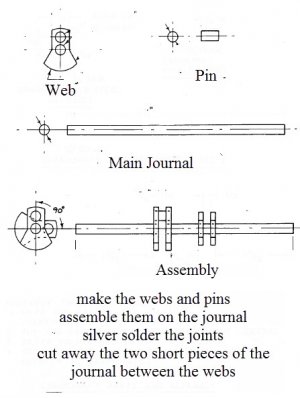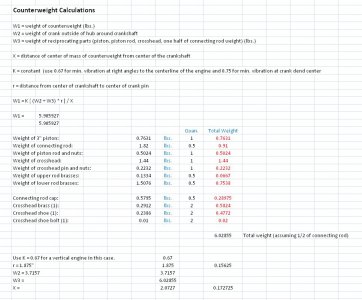- Joined
- Feb 17, 2013
- Messages
- 66
I am intersted in building a steam engine and I know there must be different ways to make the crank. I want to understand the various methods and the pros and cons of each. I am looking at something in about 2" to 2-1/2" stroke and would like to see ideas for both single and double throw versions. Any ideas or reference material would be welcome and appreciated.



